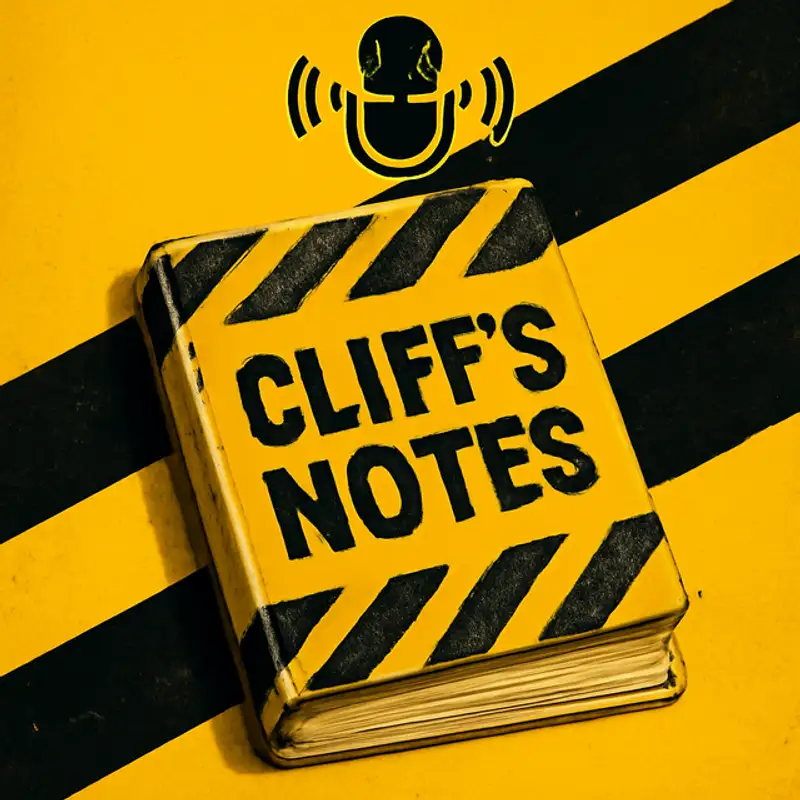 Episode
Episode
· 01:26
Welcome to Quick Lit, where we unpack literary legends in sixty seconds. In 1958 a Nebraska bookseller named Clifton “Cliff” Hillegass borrowed a Canadian idea called Cole’s Notes, renamed it Cliff’s Notes and printed 33,000 yellow-and-black pamphlets. Within six months he’d sold 58,000 copies of concise guides to The Scarlet Letter and other classics—so popular that by 1964 his company controlled 80 percent of the U.S. literature‐guide market in 39 countries. Critics branded them a “cheat code,” but Hillegass insisted they “weren’t for skipping the book, but for deepening understanding.” Each edition carried his warning: “Students who use them to avoid reading … are denying themselves the very education they seek.” Through falling sales in the early ’70s, a short-lived cassette series and four ownership changes—IDG, Wiley, Houghton Mifflin Harcourt and now Course Hero—the iconic yellow stripes survived. Today CliffsNotes offers free online summaries plus premium analyses for nine dollars a month. Love them or loathe them, Cliff’s Notes remain a cultural touchstone—proof that a simple idea, boldly packaged, can redefine how generations approach literature.
Link to Article
Listen to jawbreaker.io using one of many popular podcasting apps or directories.